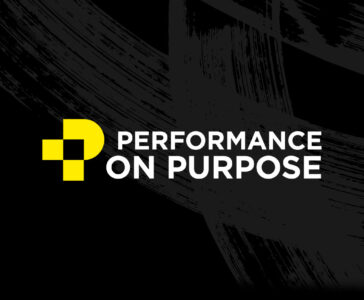We’re entering the time of year when many organizations do their strategic planning. And, while looking to the future should generate excitement, the consensus among clients and colleagues I speak with is that the typical strategy process is about as enjoyable as a root canal. Add the typically low employee engagement around the plan that results, and the statistic that 60%-90% of initiatives fail during execution, and it hardly feels like an effort worth making.
Strategy vs. Planning
A big part of the problem lies in the way strategic planning forces two distinct disciplines — strategy and planning — into one activity. The difficulty is clear when you look at the striking contrast:
As Roger Martin says in his excellent Harvard Business Review article, “All executives know that strategy is important. But almost all also find it scary, because it forces them to confront a future they can only guess at. Worse, actually choosing a strategy entails making decisions that explicitly cut off possibilities and options.”
In reaction, many leaders gravitate toward the comfort of using familiar tools and talking about things they know – building detailed plans and elaborate models, prodigious PowerPoint decks and spreadsheets. As Martin continues, “This is a truly terrible way to make strategy. It may be an excellent way to cope with fear of the unknown, but fear and discomfort are an essential part of strategy making. In fact, if you are entirely comfortable with your strategy, there’s a strong chance it isn’t very good.” Learning how to be comfortable being uncomfortable is one of the essential skills for leading a successful strategy process.
With these thoughts in mind, it begs the question: Isn’t it time to rethink the traditional strategic planning process?
Strategic Planning Guide for Leaders
This guide takes you through a set of principles and practices designed to help leaders and their organizations create strategies that move them toward the future they want to see.
Read the guideWhat to Do?
The approach we use with our clients decouples the strategy from the planning and works through each with its own process and team. This allows the two elements, which are equally important to the outcome but significantly different in practice, to receive the focus and effort they deserve.
Strategy
For the strategy work, we’ve found that it’s important to get offsite. Find a creative space, away from office distractions, where you and your team have the headspace to struggle with the important questions. Make sure it’s an appropriate size for your team (too big is as bad as too small) and have whiteboards or large pads of paper handy to capture ideas and agreements in a visible way.
Recruiting the right mix of participants is also key. You want some big picture thinkers but also some skeptics to keep things honest. Executive participation is of course important, but you should also bring in voices from around your organization that you might not include normally.
Finally, you’ll need to be clear about what you’re creating. Interestingly, there is much debate about how to define business strategy. The definition we embrace is that strategy is the process of deciding where to play and how to win to create lasting value. Here are some questions to inform your strategy output:
- Who are you trying to reach – customers, partners, employees?
- What are they buying from you?
- Why should they care about you?
- What capabilities will you need to deliver sustainably on your value proposition?
On the surface, this may sound straightforward. In reality, these are big, hairy questions. Keeping the strategy team from falling back into the comfort zone of what they know when the conversation gets tough is no small feat. Taking time to prepare your team for the work ahead will help keep everyone on track.
Next Up – Planning
Once the strategic decisions are made and your destination articulated, you are ready take on planning from a position of clarity.
Assemble a team that includes the key managers who will be tasked with execution and, again, people that are not always but perhaps should be at the table. The approved strategic direction needs to be presented to this team. This is an opportunity to establish a shared understanding of the strategy team’s decisions and allows the planning team to get answers to questions that could otherwise derail the process.
Again, it’s important that you and the planning team are clear about what you’re up to in this phase of the process. As the Business Dictionary defines it, planning is:
A basic management function involving formulation of one or more detailed plans to achieve optimum balance of needs or demands with the available resources.
Another way to look at it, is as the process of figuring out how to get to where your strategy says you’re going given where you’re starting from. We have achieved great results with our clients by focusing our planning sessions around three prompts:
- What’s working?
- What’s not working?
- What’s missing?
Use them for each of the objectives that have been identified. Start by generating as many answers as possible to each question. Then narrow down each set of answers to the three most important. This identifies what you should continue doing, what you should stop doing, and what needs to be created for the future the strategy phase identified. This simple approach forms the basis for a grounded discussion around timing, resources, and KPIs.
Conclusion
As your organization approaches its strategic planning work this year, I encourage you to take a fresh approach and to create two distinct phases of work. Done creatively, the process will engage participants and set the stage for bringing the rest of the team into the active execution of the plan.
Want more from Fathom?
Sign up to receive updates about our articles.


